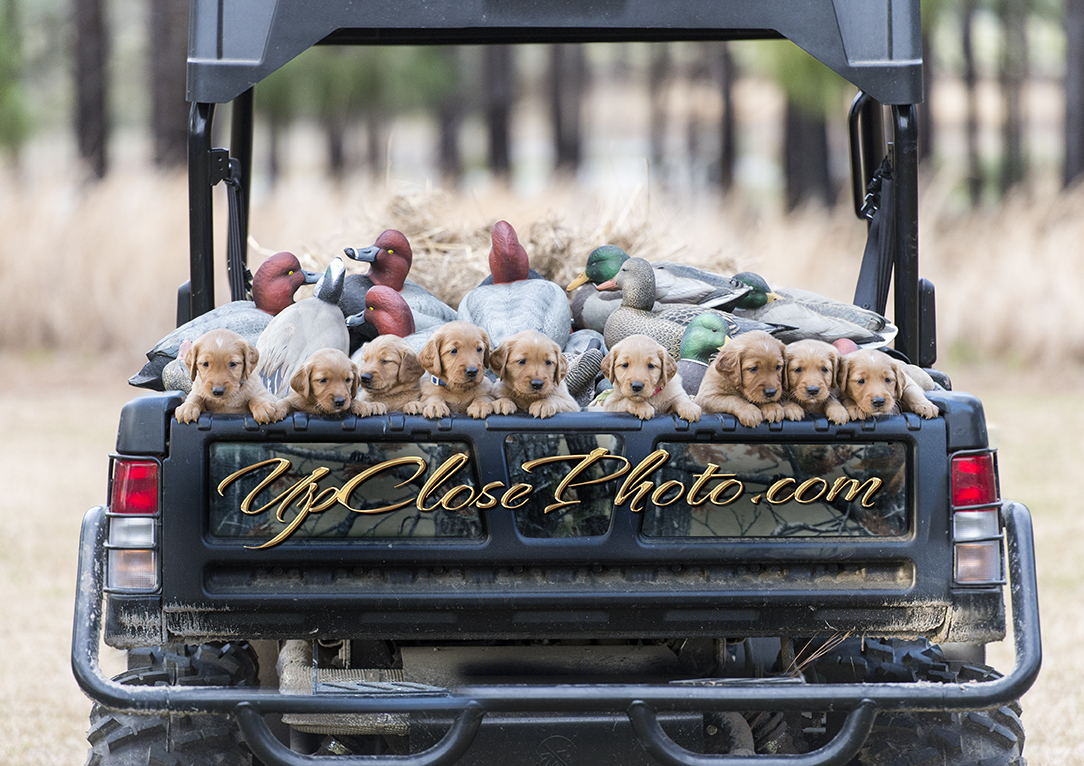COI stands for the coefficient of inbreeding. It is a mathmatical equation that measures relatedness between two dogs. Some use it as a way to measure the risk of genetic deficiencies or negative traits that may be passed on to offspring. This risk increases with high COIs. Some argue a high COI does not correlate to health problems, others feel there is a direct relationship. It can be used as one of several factors to consider when making breeding decisions. RR has computed the average COI for competitive field Labrador Retrievers. Currently it's about 7%.
There are a few different ways to calculate COI. Retriever Results uses the Sewall Wright methodology [https://www.journals.uchicago.edu/doi/pdfplus/10.1086/279872]. The different methods of calculating COI can generate slightly different results, such as 6.78% or 7.2%. While these figures differ, the difference is not statistically significant.
A given COI number is neither "good" nor "bad." It is simply a measure of the inter-relatedness of two individuals.
The Retriever Results database includes more than 100,000 dogs that span more than 40 years of performance history, The dogs and their pedigrees have been carefully researched and vetted against authoritative sources. Retriever Results is uniquely positioned to provide the retriever community with the insight offered by the COI calculation.
A typical RR COI calculation goes back 15 generations.
The short answer is, it might. If the dogs you are looking at have incomplete pedigrees, let us know. We will research them and attempt to fill in the missing parts of the pedigrees. RR uses as much information as it has available to compute the COI. We annotate each COI to show the number of generations used in the calculation. Dogs with limited or missing pedigree information might not by itself raise a “red flag” or cause one to abandon a possible breeding or puppy purchase. Rather, it suggests that breeders or buyers seek out other sources of genetic and health information.
The Wright COI methodology considers the latest generation of the overlapping dog’s pedigree and skips all earlier generations even though they are still “common.” This is because Wright proved that genetic information from those ancestors is “built into” the genetics and COI of the subsequent generation. For example: assume the Sire and Dam have three ancestors in common: Wilderness Harley to Go, Itchin’ to Go and Black Golds Candlewood Kate. In this example two of these dogs are Harley’s parents. Wright’s methodology reflects the fact that the genetic makeup of the two parents in present in Harley. Thus, we show Harley in the overlap table (and not his parents)..
